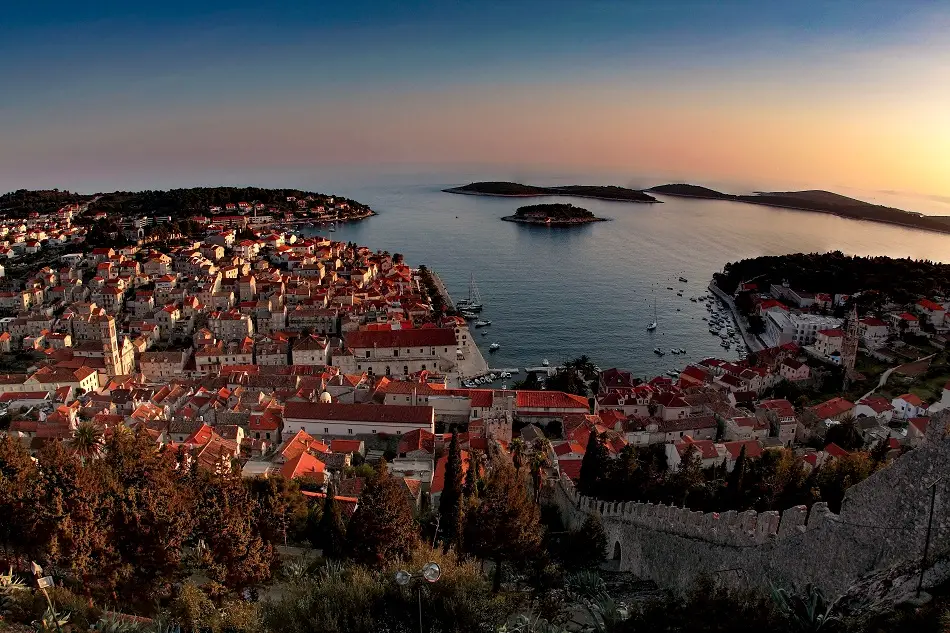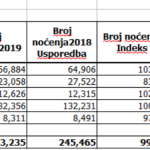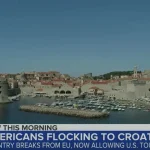Let me start by explaining the background to my perspective on Croatian winter tourism.
Having lived full-time for 13 years on the island of Hvar, I have seen the realities of the seasonality of Croatian tourism closer than most. An idyllic island to live on for sure, but with locals too busy with the season to fully enjoy the summer months, only to then encounter the long and beautiful winter with everything closed and nowhere to go. With so much more to offer than just the sun, sea and the beach, it has always been a mystery to me why Croatia has not been able to develop year-round tourism.
As a local resident in the winter with every restaurant in the town closed for 5 months of the year, the announcement of ANY event and chance to go and socialise was gratefully accepted by many locals. Something different to break up the daily routine of visits to the cafe, working in the field and walking along the coast. I used to watch the few tourists that did come in the winter months – a time when Hvar, for me at least, was even more beautiful than in the summer – and how lost they looked. With so few places open, it was hard to find a place to eat, things to do, people to meet.
And it was not just Hvar. Dalmatian coastal towns in winter are a shadow of their summer selves in terms of life. It is the classic chicken and egg story. Lots of businesses want tourists all year, but they could not afford to stay open in the hope that they would show up. Lots of tourists would like to come in the offseason – Sandinavians escape a harsh winter, for example – but there were very poor air connections. And for those who did manage to visit, there was simply no focal point or events to attend, or ways to connect with other tourists.
But if there was better connectivity, a decent programme with a selection of restaurants and other hospitality services available all year, as well as focal points to meet both locals and other travellers, could some of Croatia’s coastal destinations extend their season, even function 12 months a year?
I believe that they could, and I think that various initiatives from the digital nomad community are giving some useful pointers as to how we can address this Croatian winter tourism problem.
In the winter of 2019, Split-based Saltwater Nomads, one of the first co-working spaces in the city, was having good business from nomads walking in to use their services. But nomads want not only a place to work but a social life as well. Saltwater Nomads teamed up with local restaurants Zinfandel and Brasserie on 7 to offer a weekly concept called Nomad Table. For a fixed price for a 3-course meal, Nomad Table was advertised through nomad and expat social media platforms. It was a total hit, fully booked each week and was becoming an established part of the Split offseason tourism scene, until a certain pandemic disrupted things.
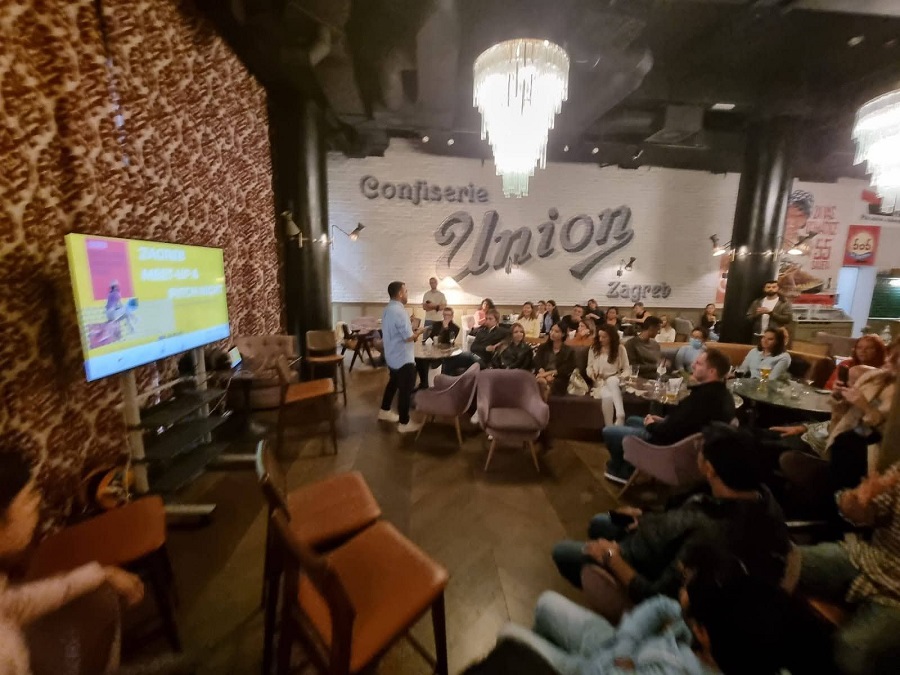
Last night as the hotel Canopy by Hilton in Zagreb, September’s Zagreb Digital Nomad Ambassador, Israeli Nimrod Dean Kuchel, held a Zagreb Meet-Up and Pitch night. it was a simple social evening, open to all and promoted via TCN and some nomad social media groups. A promise of 5 speakers talking about their travel/digital nomad experiences followed by a social evening of chat and networking.
Around 50 people showed up, a mix of local, expat and nomad. The advertised 5 speakers soon turned into 10, as people in the audience also wanted to share their stories. New friendships were made, new events discovered, with several heading out to Ivanic-Grad today for the Bucijada pumpkin festival. A simple concept with a broad appeal.
Earlier this week, TCN brought you the story of the first so-called Croatian digital nomad village, Digital Nomad Valley Zadar. This is the first creative use for digital nomad purposes of the plentiful tourism accommodation that is largely unused in the winter months. The concept is simple – offer people a spectacular location, with plenty of facilities including a community and good co-working space, and provide events and things to do.
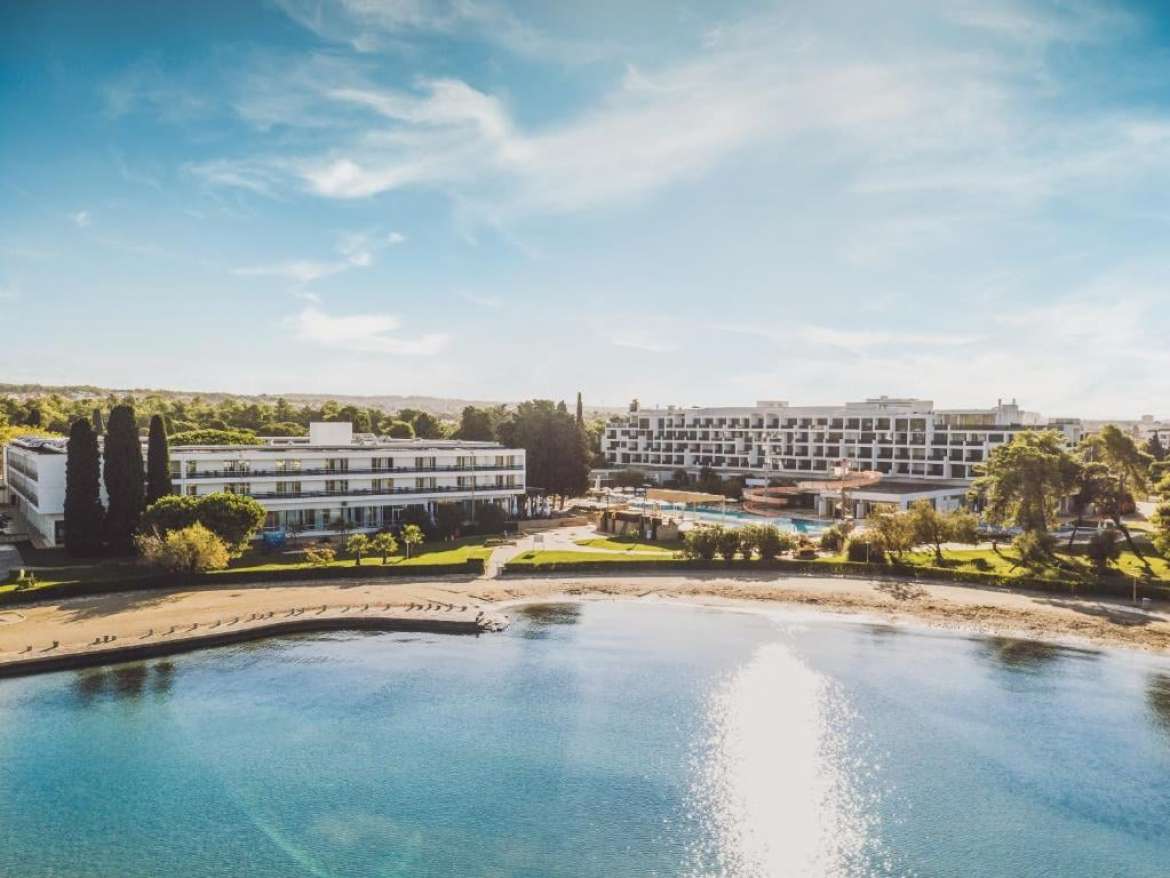
Launched three days ago, Digital Nomad Valley Zadar already has 25 nomads who have signed up to stay when it opens its doors in 8 days on October 10.
A weekly nomad table in Split, a drinks night with travel stories in Zagreb, and a creative use of a campsite and hotel in the offseason. Nothing revolutionary, and nothing too complicated to organise or replicate. But all a hit, and with applications beyond just digital nomads.
As I can vouch from my time on Hvar, the benefits of successful Croatian winter tourism would not just be for the tourism sector, but for the population as a whole. If some tourism traffic enabled a few more restaurants to be open, or for some other businesses to be open all year, and if those tourist arrivals meant the addition of events in the winter months, not only would money be coming into the economy, but the quality of life for local people would also improve.
But how to deal with that chicken and the egg?
I would try a pilot project in a destination that has the potential to be a year-round destination with plenty of content apart from the sun and the sea.
A destination like Split.
Ten restaurants, 2-3 hotels, a couple of tour agencies for starters. Use the creative ideas above and adapt them to winter tourism. Perhaps a focus on active tourism or maybe gourmet tourism. Wine tours are not so dependent on the season, for example. Engaging some good winemakers and restaurateurs to come up with a gourmet extravaganza could be a real hit.
The islands are fabulous to visit at any time of year. Organised tourism in Europe began on Hvar with a focus on its temperate winter climate with the founding of the Hvar Health Society. Get the winemakers, a couple of restaurants, and the activity tourism specialists onboard for each island to offer a limited but quality product that will bring the island to life for its visitors.
Talk to the airlines. A longer season is in their interests, and if they can have first-mover advantage in making that happen, perhaps that is an additional incentive. With Ryanair now flying to multiple destinations through the winter from Zagreb, would it be too hard/expensive to see what can be done for Split?
A concerted effort and a focused strategy to provide a rich and targeted tourism offer for the pilot programme should not be hard to conceive for a country with over 20% of its GDP coming from tourism, and the rewards from a successful pilot could be substantial, both in terms of quality of life and revenue. If a few progressive entrepreneurs from the private sector can organise things on a small scale as in the examples above, what could be achieved from an official concerted campaign?
For more news and views on Croatian tourism, follow the dedicated TCN section.

